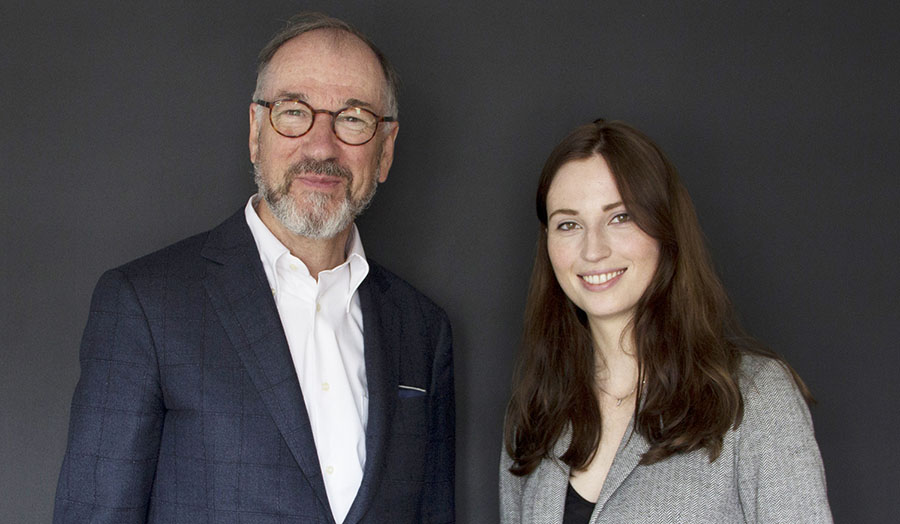Merethe Granhus named among 2019 Jonathan Speirs Scholarship Fund winners.
Date: 02 July 2019
Merethe Granhus, who has just finished her Architecture RIBA Part II at The Cass, was announced as one of the two winners of this year’s Jonathan Speirs Scholarship Fund (JSSF), on Monday 1 July.
The Jonathan Speirs Scholarship Fund is a UK registered charity that provides support to students of architecture who wish to enter the architectural lighting design profession.
Merethe said: "It feels great to have won such a prestigious award and scholarship. It is a great honour to be considered among such brilliant scholars and to be given the consideration of the impressive board of trustees. The scholarship has opened up amazing opportunities to develop my project and research, like travelling to Italy to realise some of my visions for the project.
"The field of lighting design is a rich and fascinating field to break into, and this award has given me the opportunity to do just that."
John Roake (pictured, right with Merethe), Chairman of the JSSF, said: “The Trustees of the Jonathan Speirs Scholarship Fund have always looked to find potential in students to successfully transition into the broad field of lighting design. We are therefore always delighted when architecture schools choose to submit candidates at very different stages in their courses.
“This year presented another excellent shortlist culminating in the selection of two outstanding scholars with completely different approaches, but with a clear understanding of light as not just a medium by which to visualise but also using it as a tool to enhance the experience of the viewer.”
Merethe's passion for lighting was cultivated as an intern at 31/44 Architects, where she worked on the lighting of the Barbican Frobisher Rooms. With the scholarship, she plans to fund her thesis project, which is an installation to light an exhibition of a sperm whale skeleton, designed to educate viewers on the detrimental effects of plastic in the ocean.
Animated light will be used to simulate the effects of the plastics through 3D scanned environments and artefacts, creating an immersive VR environment. Sensors will respond to visitor movements with floating projections designed to increase the emotional impact on visitors.

